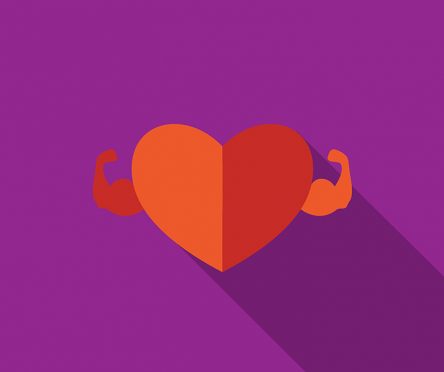Receiving a diagnosis of a serious chronic condition like heart disease, kidney disease or diabetes can be overwhelming. So is the avalanche of information you’ll receive.
An important part of that information is adjustments to your diet.
Backus Hospital dietician Katie Field said that while it can seem like too much, making some basic diet changes at the start can help each patient’s health enormously.
“It doesn’t have to be a huge overhaul, but there are small and important changes that you can make,” she said. “Most important is to really focus on fresh foods, as opposed to canned or prepared foods
“Don’t think of it as, ‘You can’t have this,’” she said. “Instead, think of it as, ‘Here’s everything I can have, and let’s try and limit these other things.’”
Field also said that nutrition guidance has changed. For example, years ago a diabetes diagnosis usually meant a severely restricted diet. Today, she said, “it’s foods we want to encourage and foods we want to limit. It’s understanding blood sugars, eating at consistent times and controlling portions.”
The healthiest diet for diabetes is sometimes called a “carb-controlled” diet. Because foods with carbs make blood glucose levels go up, it’s important to monitor carb intake. Proteins like meat, fish, eggs and nuts are good, as are non-starchy vegetables like broccoli, carrots, cucumbers, kale, tomatoes and zucchini. Vegetables to limit include potatoes, peas, corn and butternut squash.
Bread, pasta, fresh fruit, plain yogurt, milk and snack foods are among those that should be portioned carefully.
For heart disease (which can include high blood pressure, high cholesterol or congestive heart failure), monitoring salt and fat intakes are key. Field understands that this can be difficult at first, but “your tastebuds will adjust! You can wean yourself off adding salt to food and eventually you will get used to it, and even start to like it.”
The focus here should be a diet filled with whole grains, fresh fruits and vegetables, and lean proteins. Limiting refined sugars (including beverages) and saturated fats are important.
A low sodium meal plan allows between 1,500 and 2,000 milligrams per day. So read labels, Field said, and plan accordingly. Processed foods are typically loaded with sodium.
If you have kidney disease, read labels carefully. Limiting sodium, potassium and phosphorus is important. Foods high in potassium and phosphorus include processed breads, cereals, mixes for biscuits, brownies, pancakes, bacon, ham, hot dogs, legumes, fried chicken or seafood, processed cheeses, ice cream, non-dairy creamer, sodas and sports drinks.


